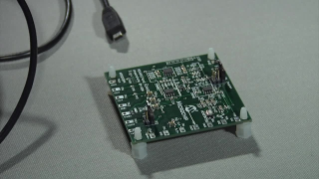Day 1: 7th June 2021 - 14:00 to 15:00 CET: PIC® & AVR® Core Independent Peripherals (CIPs)
Core Independent Peripherals (CIPs) are designed to implement a variety of functions and applications that don’t need constant interaction with the Central Processing Unit (CPU).
Within this course, you will learn about the advantages CIPs bring to real-world applications:
- Improve Power Savings
- CPU-free Intelligent and Parallel Control
- Deterministic, Direct signal routing
We will demonstrate how to configure the CIPs in an example application using Microchip tools. Example CIPs will be: CLC (Configurable Logic Cell), Timers, ADC, Op Amps, DAC, ZCD, Serial Communication, GPIO...
Day 2: 8th June 2021 - 14:00 to 15:00 CET: Functional Safety (FuSa) Ready PIC & AVR Microcontrollers
Robustness, reliability and safety of end-products are becoming ever more important. The standards for Functional Safety depend on the market that is targeted.
In this course you will be given an introduction to the Functional Safety Standards that are supported by the PIC & AVR microcontrollers:
- FuSa for Automotive Applications – ISO 26262 (ASIL)
- FuSa for Industrial Applications – IEC 61508 (SIL)
- FuSa for household Applications – IEC 60730
At the end, you will understand the support Microchip offers to help achieve the certification level required for your application.
Day 3: 9th June 2021 - 14:00 to 15:00 CET: PIC & AVR Microcontrollers with On-Chip Touch Peripherals
This course will present the touch technology available on the PIC & AVR devices.
We will focus on demonstrating the whole ecosystem that supports developers configure and integrate the following touch interfaces into their applications:
- Buttons, Sliders, Wheels
- Proximity support
- Water Tolerant Touch











